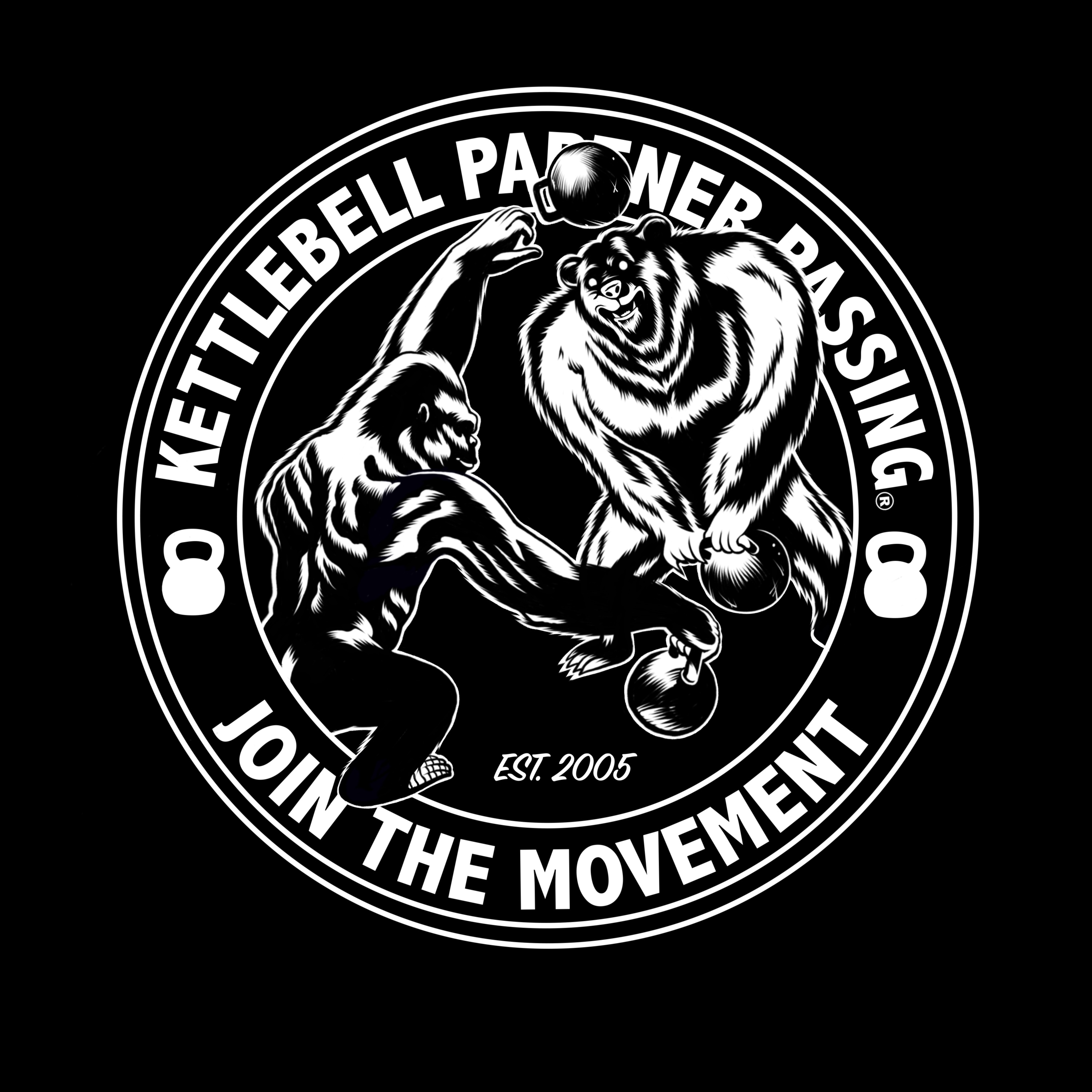What is Functional Core Training?
- Kettlebell Partner Passing

- Jun 25, 2021
- 3 min read
Updated: Apr 6, 2022

When most people think about training their core, they think about doing exercises like sit ups and crunches. While this type of isolation training certainly strengthens the abdominal muscles, it is not functional core training. Exercises that isolate the superficial abdominal muscles may be functional for a bodybuilder -- whose goals are centered around creating an aesthetically pleasing body -- but not for the rest of us, especially if training for health and longevity is important to you.
Before we delve into functional core training, let’s discuss an essential question: What is your “core”?
The core consists of two parts, which we will define below:
The deep core, which stabilizes the spine directly, and includes all of the spinal musculature, i.e. multifidus, spinalis, rotators.
The superficial core, which connects the pelvis to the trunk, and includes the rectus abdominis, transverse abdominis, obliques, erector spinae, and lats.
Training your core boils down to being able to build contractile ability of the deep core muscles. In some ways, it’s easier to feel connection to the superficial core; the deep core is more challenging to access. Typical core training exercises (i.e. a leg raise) require a high level of contraction that involves both the deep core and the superficial core. The only way to isolate the deep core is to work at a lower level of contraction, with gentle exercises that don’t require full contraction of the trunk. One example of an exercise that accesses the deep core is the pelvic tilt, which specifically trains flexion and extension of the deep core musculature.
Now that we have a clearer picture of what the core is, let’s talk about functional core training.
Functional core training means educating your trunk to move in the ways that your life or sport or physical activity of choice demands. As we defined above, the “core” is much more than just the abdominal muscles, so functional core training should take a global approach that considers the entire torso and activates both the deep and superficial core musculature. Anything that trains the muscles supporting the spine to fire efficiently and effectively fits into functional core training. Depending on the function you need to be fit for, functional core training could be using a sledgehammer, swinging a baseball bat, or training with clubbells.
Functional core training is important because all stability, strength, and force generation comes from the core. If you don’t have a strong trunk to support your spine, you have no capability of transmitting, absorbing, or creating force -- which is required for all forms of physical activity.
Kettlebell Partner Passing (KPP) and functional core training go together like peanut butter and bananas.
All the training done within the KPP system is functional core training, and passing a kettlebell is an excellent way to build and maintain a high degree of core strength. That being said, having a base level of core strength before you embark on passing a kettlebell is recommended; your body should understand how to absorb and transmit force in order to pass and throw the kettlebell safely. Just like you wouldn’t start training for a deadlift with 500 lb. on the bar, begin your KPP journey where you are and build up gradually over time. Check out the programs in the KPP online store to get your core ready to pass and receive kettlebells.



Comments